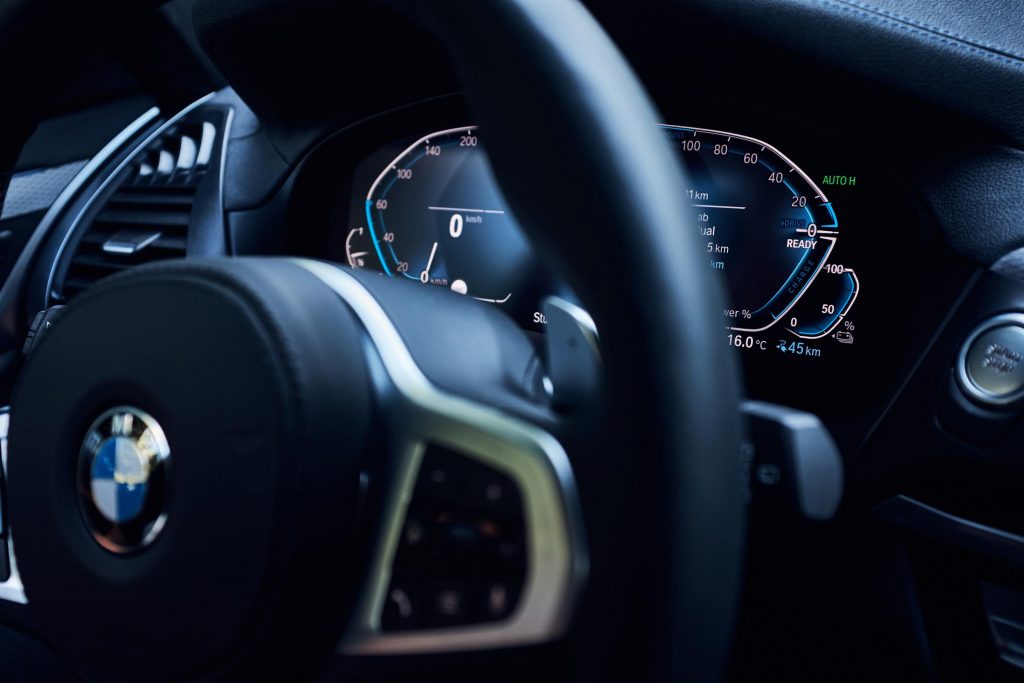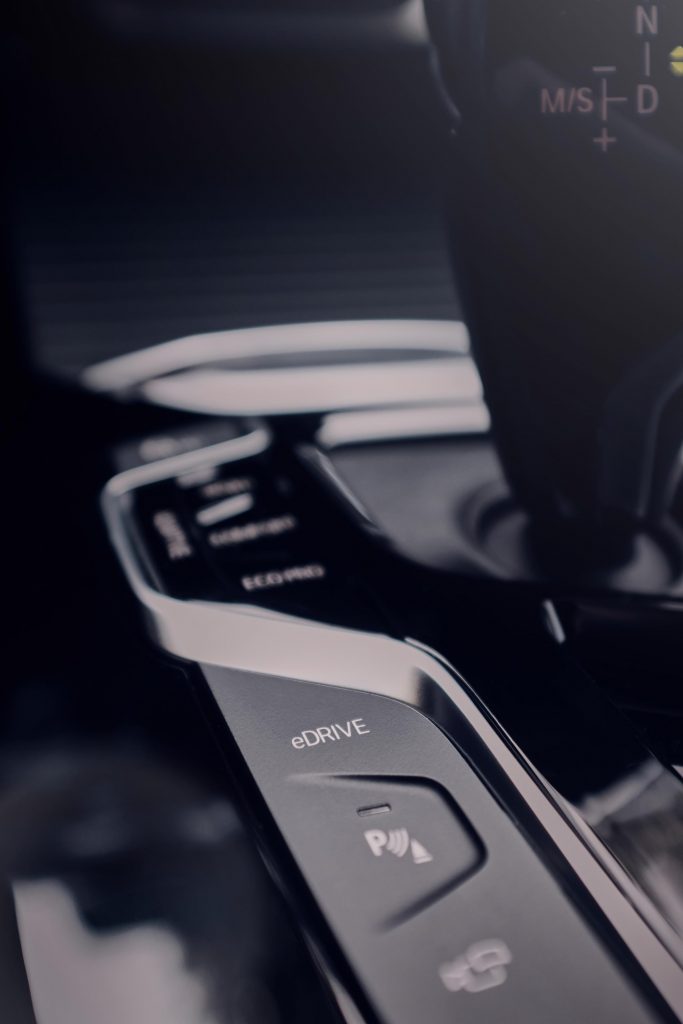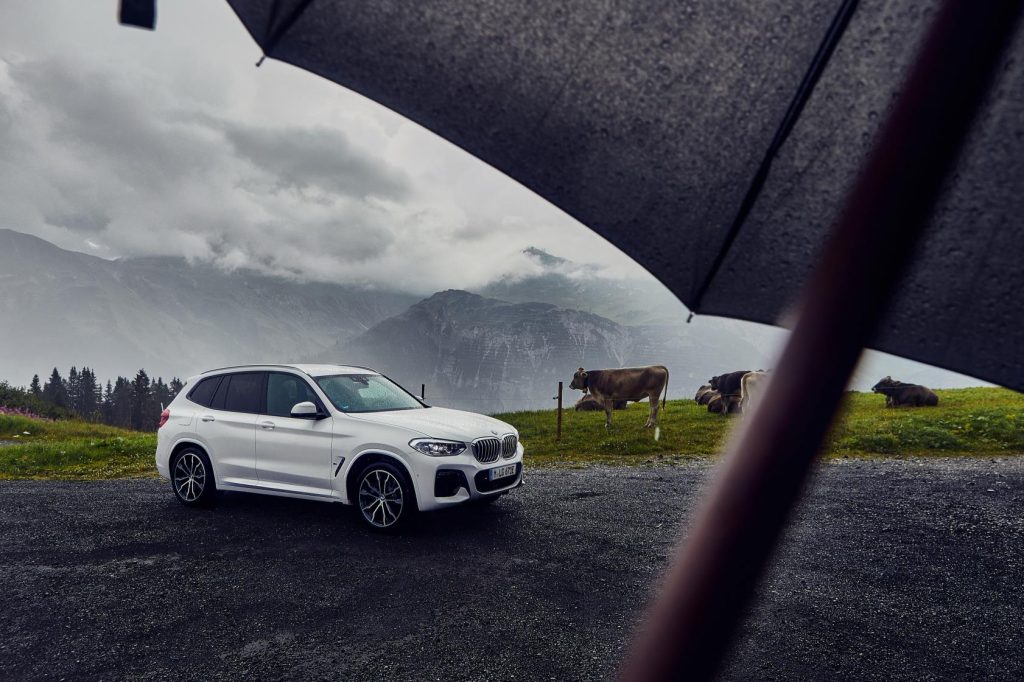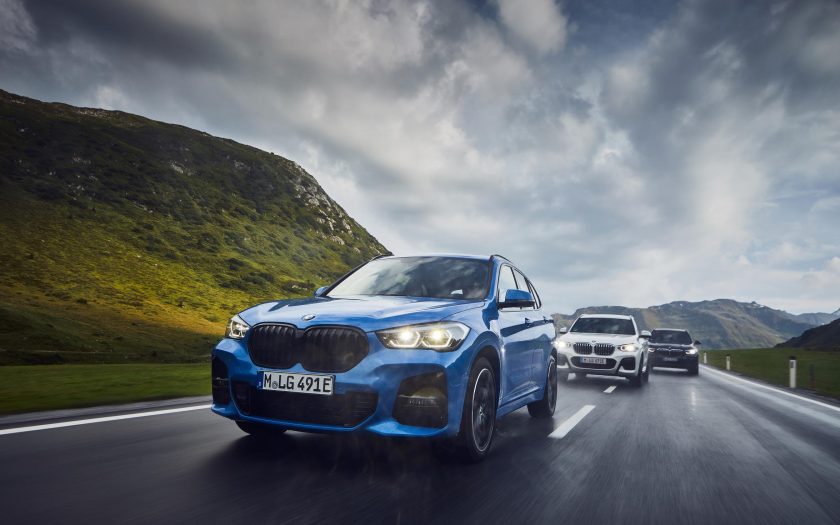ALONG WITH MANY OTHER car companies, BMW Group Australia continues its push to offer electrified models with today’s announcement of the first ever BMW X3 xDrive30e plug-in hybrid (PHEV) to the local market in Q2, 2020.
Confirmation of its launch next year means it will become the seventh PHEV model available in the local line-up and follows the recent local arrival of the new BMW 330e and X5 xDrive45e PHEV models, both of which offer significantly improved performance and electric range over their predecessors.
BMW Australia also offers the i3 Battery Electric Vehicle (BEV) as part of a targeted strategy to offer a diverse portfolio of luxury vehicles with the widest variety of powertrains.
The all-new X3 xDrive30e from the very successful X3 line-up brings together intelligent all-wheel-drive, BMW xDrive and cutting-edge BMW eDrive technology in a package that delivers both driver appeal and exceptional efficiency.
An advanced high voltage lithium-ion battery cell enables the X3 xDrive30e to deliver emissions-free purely electric mobility with a range of up to 55km.
Its four-cylinder combustion engine and electric motor also provide dynamic performance off the line with a standard sprint time of 6.1 seconds.
The X3 xDrive 30e achieves this while delivering combined fuel consumption figures of between 2.4 and 2.1L/100km.
CO2 emissions meanwhile amount to 54 to 49 grams per kilometre.
BMW Group Australia CEO Vikram Pawah said, “With the introduction of the new X3 xDrive30e we are providing the power of choice for our customers where they can choose the powertrain that perfectly suits their needs, from either diesel, petrol, fully electric or in this case, plug-in hybrid.”
“The BMW plug-in hybrid system provides an excellent solution at a time when Australia is still finding its feet with charging infrastructure as it can run on both electric and efficient turbo petrol power.”

Response, agility and efficiency
The plug-in hybrid model of the X3 range is characterised by agile handling and sporty driving characteristics, a versatile interior, premium quality and advanced connectivity.
Its BMW xDrive system permanently distributes the drive torque between the front and rear wheels as required – even when driving purely on electric power – to ensure sporty driving characteristics on the road and superior off-road performance over unsurfaced terrain.
Drive power is generated by a 2.0-litre 135kW four-cylinder petrol engine with BMW TwinPower Turbo Technology and an electric motor integrated into the 8-speed Steptronic transmission with an output of 80kW.
Together the two drive units develop a system output of 215kW and 420Nm. Depending on the operating mode and the situation, the electric motor of the new BMW X3 xDrive30e can be used either for purely electric mobility or to support the combustion engine.
In MAX eDrive mode, which can be activated via the eDrive button on the centre console, the new BMW X3 xDrive30e achieves a top speed of 135 km/h with a locally emissions-free and virtually silent drive unit.
In the standard Auto eDrive setting, purely electric driving is possible at speeds of up to 110 km/h.
The combustion engine only switches on at higher speeds or when there are particularly high load requirements. When both drive units are active, the efficiency of the new BMW X3 xDrive30e is optimised, as is its sprint capacity.
When accelerating, the spontaneous power development of the electric motor is clearly evident, while at constant speeds its electric assist reduces fuel consumption and emissions.
Support of the electric motor ensures that the combustion engine can run within an efficiency-optimised load range as often as possible. The available BATTERY CONTROL setting serves to keep the charge state of the high-voltage battery at a level determined by the driver.
In this way, the power supply can be specifically reserved and used for local emissions-free driving on urban stretches of road during a lengthier trip.

Latest battery cell technology enhances range, versatility
The lithium-ion battery of the new BMW X3 xDrive30e is located in a space-saving position underneath the rear seat, while the fuel tank is positioned above the rear axle.
At 450 litres, the luggage compartment volume of the new BMW X3 xDrive30e is on a par with models powered by a conventional engine.
By folding down the rear seat with 40:20:40 split, the storage space can be extended to up to 1,500 litres. Thanks to cutting-edge battery cell technology and a gross energy content of 12.0kWh, the high-voltage battery contributes both to the outstanding efficiency and the excellent electrical range of the new BMW X3 xDrive30e.
As a result, the plug-in hybrid model can be used for a day-to-day travel without locally produced emissions – even beyond the city.
The high-voltage battery can be charged at conventional household sockets using the standard-equipment charging cable. In this way, the battery can be fully charged in less than six hours. At a BMW i Wallbox, the same charging process can be completed in around three and a half hours.
The charging socket is located under a separate flap on the front left side wall of the car. The electrical energy stored in the high-voltage battery is also used to supply the 12-volt vehicle electrical system.

Acoustic pedestrian detection among advanced features
Australian specification detail will be announced closer to the time of launch including grade line-up, but among the advanced features includes acoustic pedestrian protection.
When driving electrically at low speeds, a sound designed specifically for electrified BMW models is generated to alert other road users to the approaching car without impairing the acoustic comfort of the vehicle occupants. In addition, the new BMW X3 xDrive30e is equipped with an auxiliary air conditioning system as standard.
It can also be controlled remotely from a smartphone using the BMW Connected App. The driver can therefore enjoy a warm vehicle in winter and a cool vehicle in summer.
New digital services help make it more attractive and convenient to charge the high-voltage battery when out and about. The digital services support the driver in searching for and selecting public charging stations, enable the charging process to be controlled via remote functions and transmit information relating to charge status, electrical and combined range and individual energy consumption to the driver’s smartphone or other personal devices.
Once we have tested and assessed the new BMW X3 xDrive30e, seniordriveraus will bring you a comprehensive review, including everything the over-50 driver needs to know.
